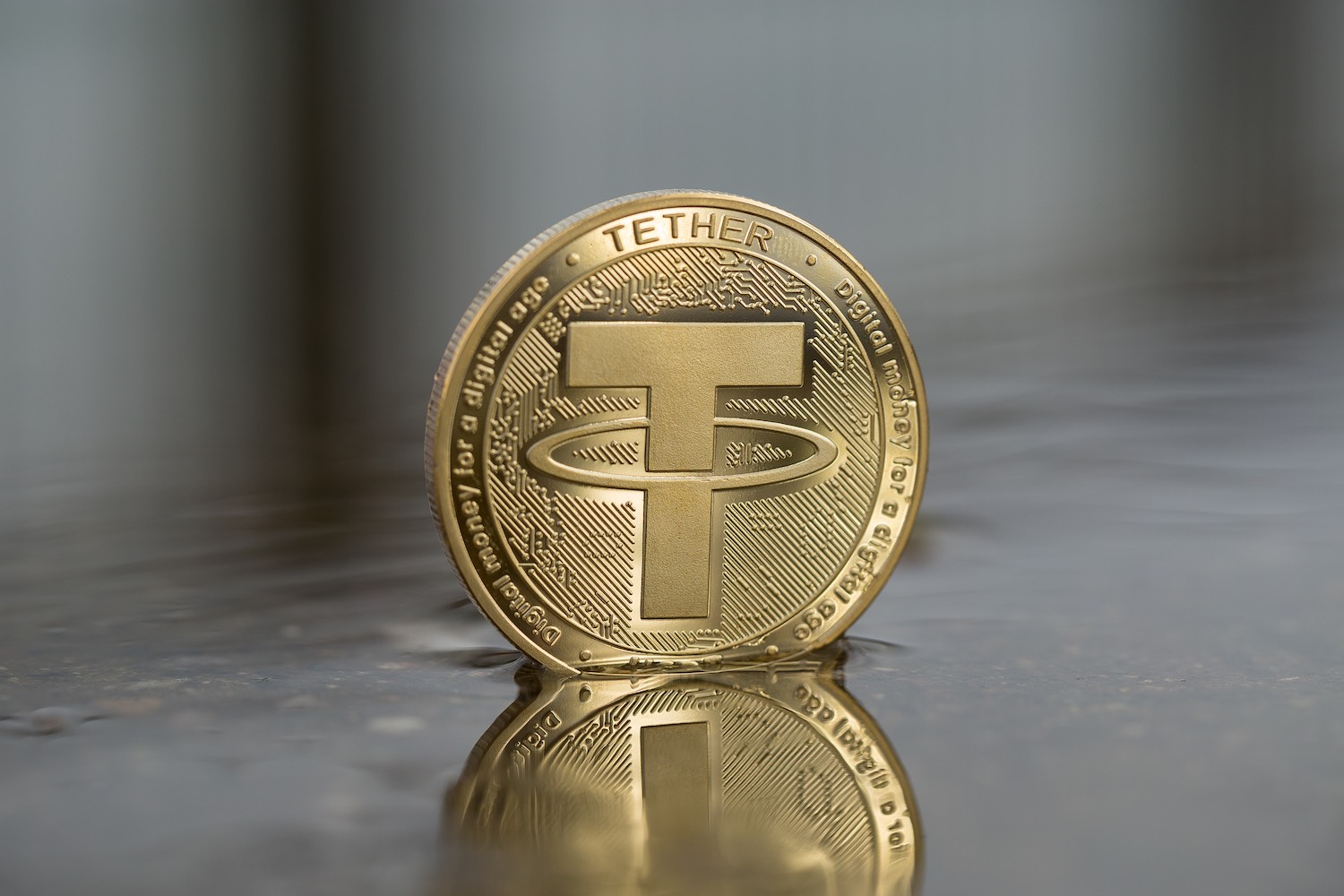Tether Looks to Regain U.S. Presence With New Stablecoin
03.05.2025 20:00 2 min. read Alexander Stefanov
Tether is reportedly preparing to re-enter the U.S. market with a new dollar-backed digital asset by the end of 2025.
The move marks a strategic shift for the firm, which is attempting to distance itself from its controversial past and align more closely with regulators and law enforcement agencies.
Now headquartered in El Salvador, Tether has historically faced criticism over transparency and compliance issues. However, its leadership is actively working to change that image. CEO Paolo Ardoino has played a vocal role in shaping emerging U.S. crypto regulation, particularly in relation to stablecoins.
According to a report from CNBC, Ardoino has been involved in legislative efforts such as the GENIUS Act, which outlines regulatory standards for digital dollar tokens and includes provisions facilitating law enforcement cooperation.
This renewed focus on compliance comes as Tether continues to emphasize the scale and security of its reserves. The company now claims to hold nearly $120 billion in U.S. Treasuries, with an additional $7 billion in excess equity. These assets are reportedly managed by Cantor Fitzgerald, a major player in financial services.
Tether’s rebranding efforts also include routine public attestations of its reserves—an attempt to move past past controversies, including a high-profile settlement with New York authorities in 2021 over misleading claims about its backing.
As stablecoin regulation gains traction in the U.S., Tether is positioning itself not only as a dominant issuer but also as a more cooperative and transparent one, hoping to establish legitimacy in a regulatory environment that is becoming increasingly demanding.
-
1
XRP Surges Toward $3: Main Factors Driving the Rally
16.07.2025 12:18 2 min. read -
2
Stellar (XLM) Surges 60% in 7 Days Amid Breakout and Partnerships
17.07.2025 14:33 2 min. read -
3
Ethereum Overtakes Bitcoin in Retail FOMO as Traders Shift Focus to Altcoins
17.07.2025 8:05 2 min. read -
4
Fartcoin Price Prediction: FARTCOIN Could Rise to $2.74 After Major Breakout
17.07.2025 16:01 3 min. read -
5
Binance to Launch 2 New Contracts with 50x Leverage: Everything You Need to Know
10.07.2025 12:00 2 min. read
XRP Eyes Next Target as Bullish Crossover Sparks 560% Surge
XRP is back in the spotlight after crypto analyst EGRAG CRYPTO highlighted a powerful historical pattern on the weekly timeframe—the bullish crossover of the 21 EMA and 55 SMA.
Top 5 Most Trending Cryptocurrencies Today: Zora, Pudgy Penguins, SUI and More
Crypto markets are buzzing with momentum as several altcoins post double-digit gains and surging volumes.
Sui Price Jumps 14% to $4.26 amid ETF Hopes
Sui (SUI) surged 14% in the past 24 hours, reaching $4.26 as bullish technical patterns, Bitcoin’s rebound, and renewed ETF speculation pushed the altcoin higher.
HBAR Mirrors 2021 Cycle as Key Breakout Test Approaches
Hedera Hashgraph (HBAR) is closely tracking its 2021 price behavior, according to crypto analyst Rekt Capital.
-
1
XRP Surges Toward $3: Main Factors Driving the Rally
16.07.2025 12:18 2 min. read -
2
Stellar (XLM) Surges 60% in 7 Days Amid Breakout and Partnerships
17.07.2025 14:33 2 min. read -
3
Ethereum Overtakes Bitcoin in Retail FOMO as Traders Shift Focus to Altcoins
17.07.2025 8:05 2 min. read -
4
Fartcoin Price Prediction: FARTCOIN Could Rise to $2.74 After Major Breakout
17.07.2025 16:01 3 min. read -
5
Binance to Launch 2 New Contracts with 50x Leverage: Everything You Need to Know
10.07.2025 12:00 2 min. read


